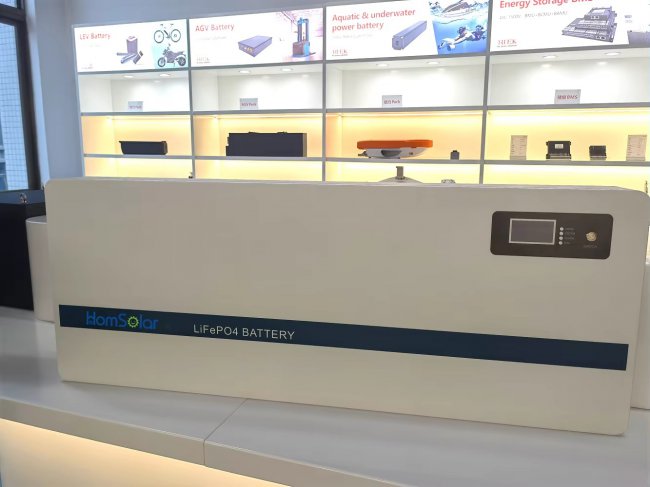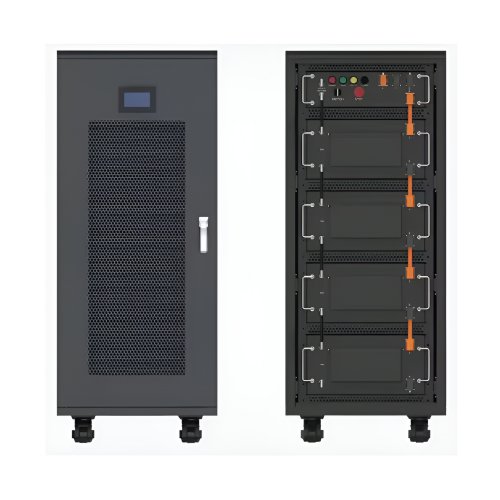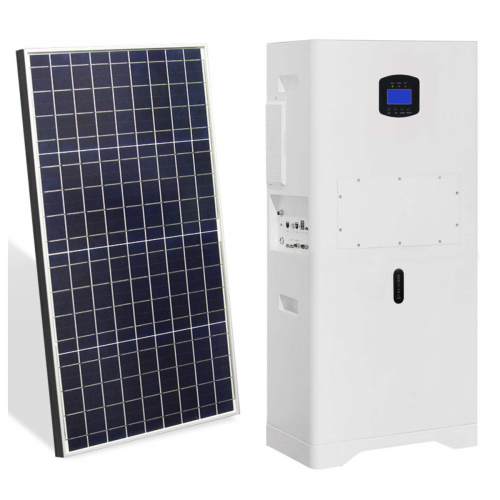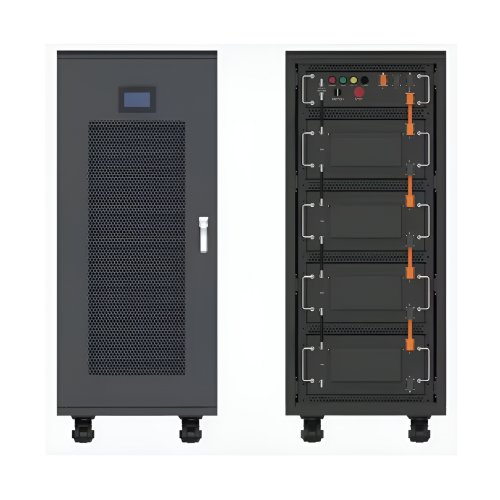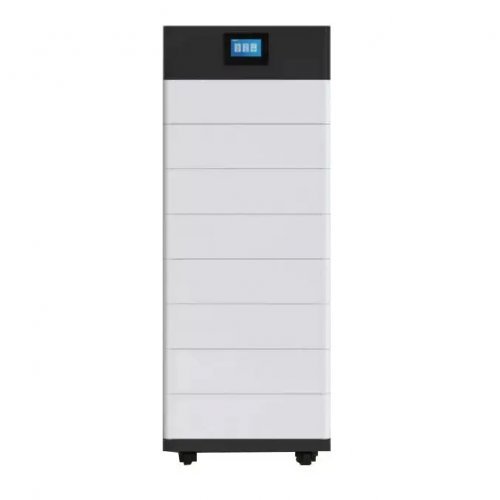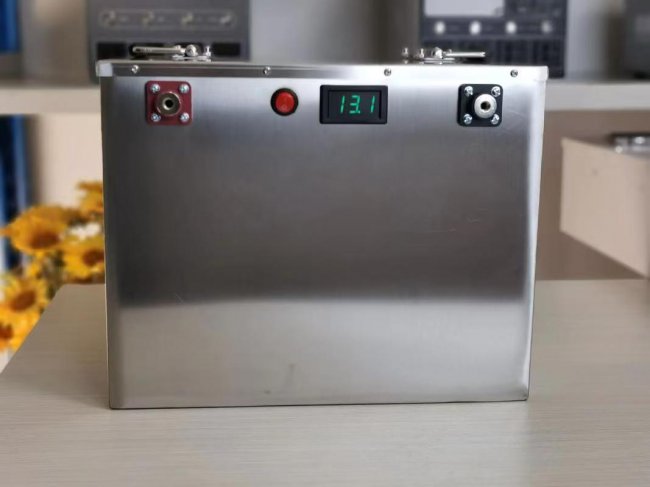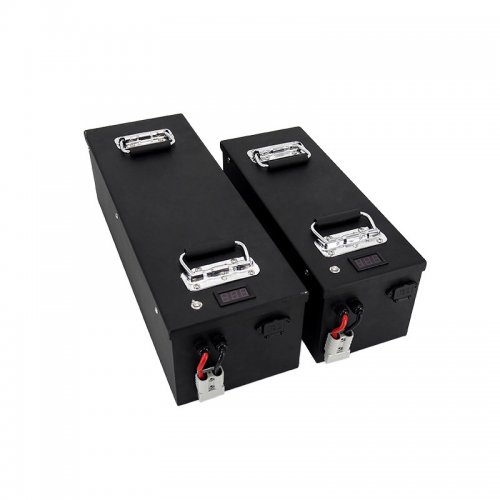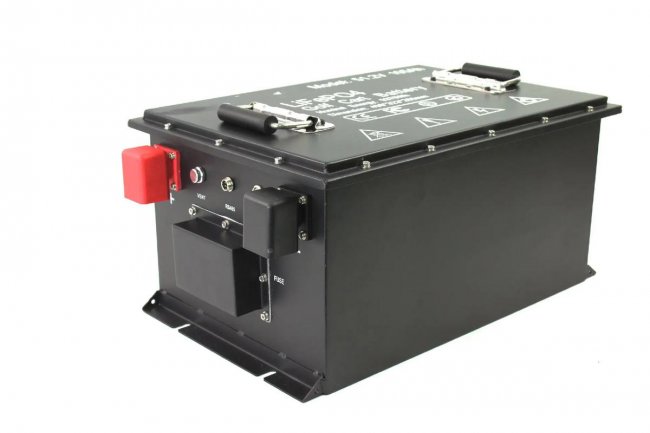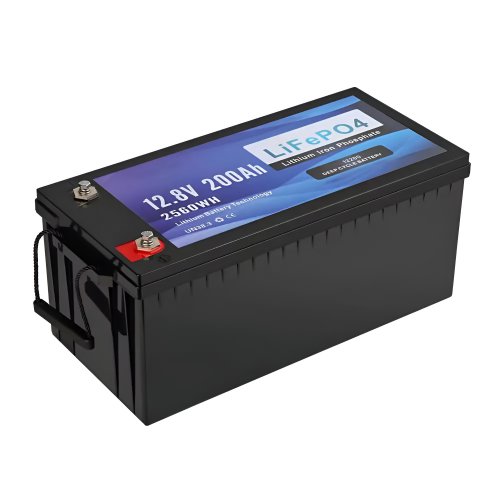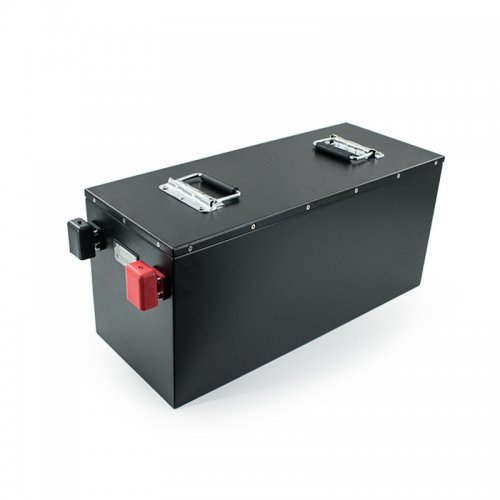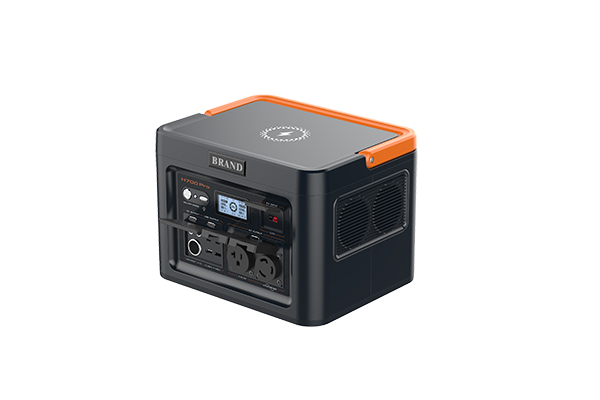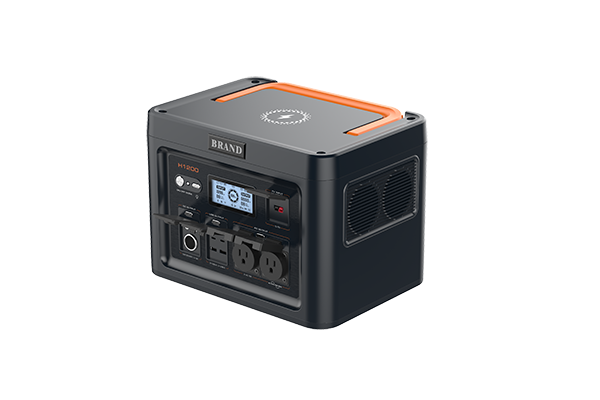Supply Chain News: Navigating Disruption, Digitalization, And A New Era Of Resilience
The global supply chain, once a largely invisible backbone of commerce, has spent the past several years in the relentless spotlight. From pandemic-induced paralysis to geopolitical tensions and inflationary pressures, the sector has faced a perfect storm of challenges. Today, the industry is not simply recovering; it is fundamentally transforming. The focus has decisively shifted from achieving peak efficiency at all costs to building resilient, agile, and transparent networks capable of withstanding future shocks. This new era is being driven by a combination of strategic realignment, technological adoption, and a reevaluation of long-held operational principles.
Latest Industry Dynamics: A Landscape of Persistent Pressure and Strategic Shifts
The immediate pressures of port congestion and astronomical freight rates have eased from their pandemic peaks, but the operating environment remains complex. The ongoing conflicts in Eastern Europe and the Middle East continue to disrupt key shipping lanes, particularly through the Red Sea, forcing vessels onto longer, more expensive routes around the Cape of Good Hope. This has reintroduced significant volatility into shipping schedules and costs, demonstrating that geopolitical risk is now a permanent and pressing factor in logistics planning.
Simultaneously, businesses are actively executing on strategies learned from recent crises. Nearshoring and friendshoring are moving from boardroom concepts to tangible actions. A recent survey by a leading logistics consultancy indicated that over 60% of multinational corporations are actively diversifying their manufacturing bases away from single regions, with many shifting production to Mexico, Eastern Europe, and Southeast Asia. This is not a wholesale exodus from major manufacturing hubs like China, but a deliberate rebalancing to mitigate concentration risk.
“The ‘China Plus One’ strategy is no longer a future plan; it is a current operational reality for many,” says Dr. Evelyn Reed, a Senior Fellow at the Global Institute for Trade and Logistics. “Companies are accepting marginally higher production costs in exchange for reduced vulnerability. The calculus has changed from a pure cost focus to a cost-resilience balance.”
Furthermore, new regulatory pressures are adding another layer of complexity. The European Union’s Carbon Border Adjustment Mechanism (CBAM) and increasing demands for Scope 3 emissions reporting are forcing companies to look deeper into their supply chains than ever before. Compliance is no longer just about customs forms; it is about carbon accounting and ethical sourcing, demanding a new level of data granularity.
Trend Analysis: The Digital and Sustainable Transformation
In response to these dynamics, several key trends are defining the future trajectory of supply chain management.
1. The AI and Analytics Revolution: Artificial intelligence is moving beyond hype to become a core operational tool. Predictive analytics are being used to forecast demand with greater accuracy, optimize inventory levels, and anticipate potential disruptions. Machine learning algorithms are dynamically rerouting shipments in real-time to avoid delays. “The value of AI is not in replacing human decision-makers, but in augmenting their capabilities with insights drawn from massive, disparate datasets that were previously unusable,” notes Michael Thorne, Chief Technology Officer at a supply chain visibility startup. “We are shifting from reactive problem-solving to proactive management.”
2. The Rise of End-to-End Visibility: The desire for a “control tower” view of the entire supply chain is becoming a necessity. Companies are investing in Internet of Things (IoT) sensors, RFID tags, and advanced software platforms that provide real-time tracking of goods from raw material to end customer. This visibility is crucial not only for managing disruptions but also for meeting customer expectations for precise delivery windows and for providing verifiable data on sustainability metrics.
3. Sustainability as a Core Driver: Sustainability is increasingly integrated into supply chain strategy, driven by investor pressure, consumer demand, and regulation. This goes beyond simple carbon offsetting to include circular economy principles, such as designing products for easier repair and recycling, and optimizing transportation for fuel efficiency. Green logistics is becoming a competitive advantage, influencing partner selection and customer loyalty.
4. Talent and Skills Transformation: As supply chains become more technologically advanced, the required skill sets are evolving. There is a growing demand for data scientists, software engineers, and analysts who can interpret complex information. This is creating a talent gap, pushing companies to invest heavily in upskilling their existing workforce and rethinking their recruitment strategies to attract a new generation of tech-savvy logistics professionals.
Expert Perspective: Building the Supply Chain of the Future
Industry leaders agree that the legacy model of hyper-lean, globally stretched supply chains is no longer fit for purpose. The goal is to build networked resilience.
“Resilience is not about building massive buffer stocks, which is simply a different form of cost and waste,” argues David Chen, a veteran supply chain officer at a global consumer goods corporation. “It’s about having multiple, validated options. It’s about dual-sourcing critical components, having flexible manufacturing capacity, and developing deep, collaborative partnerships with your logistics providers. It’s the difference between having a single, fragile thread and a robust, interwoven net.”
Experts also caution against viewing technology as a silver bullet. “Digital transformation is a journey, not a flip of a switch,” warns Dr. Reed. “The biggest challenge is often change management and data integration. A company can buy the best AI platform available, but if its data is siloed across different departments and of poor quality, the output will be unreliable. Success depends as much on process and people as it does on the technology itself.”
Looking ahead, the industry is poised for continued evolution. The integration of blockchain for immutable record-keeping, the exploration of autonomous vehicles for middle-mile logistics, and the maturation of generative AI for more intuitive planning interfaces are all on the horizon.
In conclusion, the global supply chain is in a state of profound reinvention. Buffeted by consecutive crises, it is emerging leaner, smarter, and more strategic. The journey is toward a new equilibrium—one that balances the enduring pursuit of efficiency with the indispensable need for resilience, transparency, and sustainability. The companies that succeed will be those that view their supply chain not as a cost center, but as a dynamic, strategic asset capable of creating a decisive competitive advantage in an unpredictable world.
Customized/OEM/ODM Service
HomSolar Supports Lifepo4 battery pack customization/OEM/ODM service, welcome to contact us and tell us your needs.


HomSolar: Your One-stop LiFePO4 Battery Pack & ESS Solution Manufacturer
Our line of LiFePO4 (LFP) batteries offer a solution to demanding applications that require a lighter weight, longer life, and higher capacity battery. Features include advanced battery management systems (BMS), Bluetooth® communication and active intelligent monitoring.

Customised Lithium Iron Phosphate Battery Casing
ABS plastic housing, aluminium housing, stainless steel housing and iron housing are available, and can also be designed and customised according to your needs.

HomSolar Smart BMS
Intelligent Battery Management System for HomSolar Energy Storage System. Bluetooth, temperature sensor, LCD display, CAN interface, UART interface also available.


Terminals & Plugs Can Be Customized
A wide range of terminals and plugs can be customised to suit the application needs of your battery products.

Well-designed Solutions for Energy Storage Systems
We will design the perfect energy storage system solution according to your needs, so that you can easily solve the specific industry applications of battery products.



About Our Battery Cells
Our energy storage system products use brand new grade A LiFePO4 cells with a battery lifespan of more than 4,000 charge/discharge cycles.



Applications in Different Industries
We supply customized & OEM battery pack, assemble cells with wiring, fuse and plastic cover, all the cell wires connected to PCB plug or built BMS.
Applications: E-bike, Electric Scooter, Golf Carts, RV, Electric Wheelchair, Electric Tools, Robot Cleaner, Robot Sweeper, Solar Energy Storage System, Emergency Light, Solar Power Light, Medical Equipment, UPS Backup Power Supply.
We can provide you with customized services. We have the ability to provide a vertical supply chain, from single cells to pack/module and to a complete power solution with BMS, etc.


HomSolar (Shenzhen) Technology Co., Ltd







